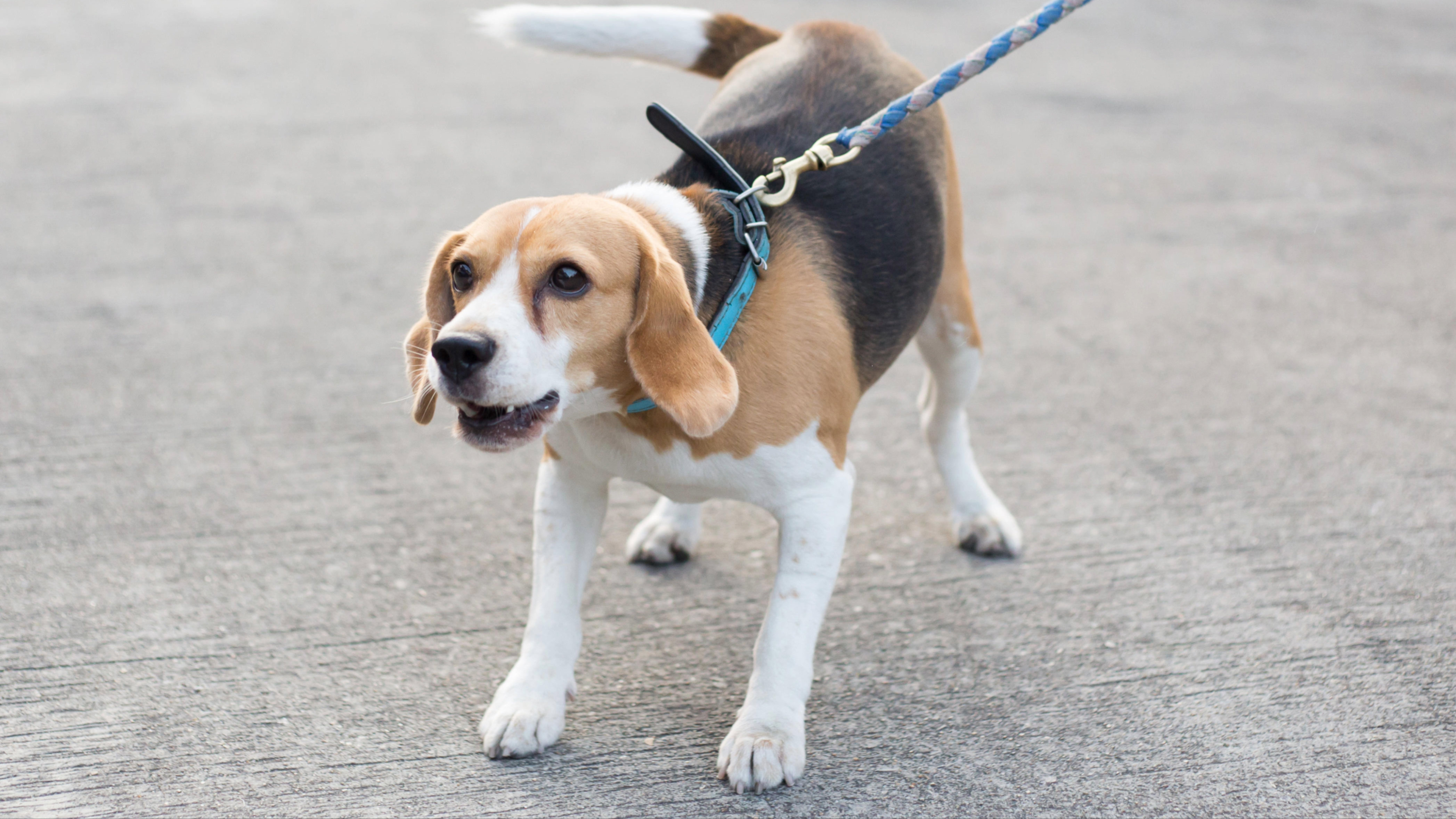
Is your dog reactive when they’re on their leash? As frustrating as it can be when your dog’s barking and lunging during walks, it’s actually pretty common, and you’re certainly not alone!
Your dog being reactive when you’re hoping to enjoy a pleasant walk with your pup sporting one of the best dog leashes isn’t ideal, so if you’d like to address your dog’s leash reactivity and manage it better, there are some things to keep in mind.
And the certified dog behavior coaches at the Calm Canine Academy have got five tips for those of us with leash-reactive dogs to remember, right here.
1. Don’t blame them: As frustrating and overwhelming having a leash-reactive dog can be, it’s important that we don’t take things out on our pups by punishing them. “Know that they are doing their best,” say the coaches, who recommend taking a breath, going home, and coming up with a plan.
2. Understand motivation: “Dogs who are lunging and barking can be doing so for a variety of reasons,” explain the coaches. “Some are trying to protect themselves and their space, others are trying to access things in the environment. Working with a professional to understand your dog’s motivation is key.”
3. Manage exposure: If your dog is consistently in situations that trigger them to lunge and bark, for example, the behavior and emotional patterns will strengthen. It’s a good idea to plan your walks in a way that will minimize your pup’s exposure to triggers – can you walk them at quieter times or in different locations, or utilize different techniques? Check out these tips on how to calm a reactive dog, too.
4. Build skills: In order to change how our dogs behave around triggers, it’s important to have a clear communication system. “This comes from building skills like ‘eating food around distractions’, ‘walking at my side’, and ‘moving away from distractions’,” say the coaches. “We build these skills up systematically before working around triggers.”
5. New response: Once you can get a handle on managing your pup’s behavior, and have started teaching them some skills, you can begin to teach a new response to triggers. “We often do these in setups with controllable triggers at first, before working with more risky real-life triggers,” explain the coaches.
It’s important to keep in mind that helping your leash reactive dog can take a while – there aren’t any quick fixes that will have long-term effects. You might have to be patient and persevere in the meantime, but it’ll pay off! In the meantime, you might find this article useful, too: My dog’s leash pulling made walks miserable until I helped her reactivity, here’s how.







